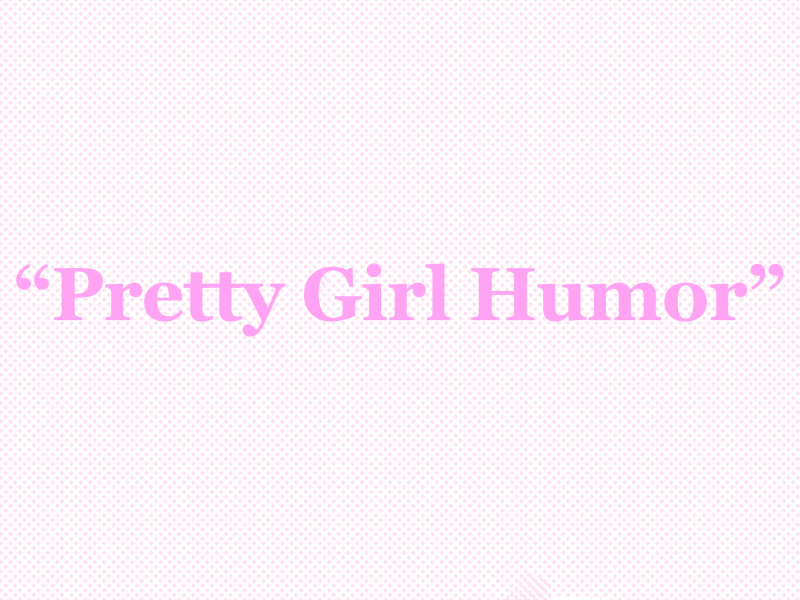YouTube: a glorious place where teenagers in their basements can become overnight celebrities and bring unique entertainment to consumers all over the world. At least that’s what it seemed like it would be when the site launched in 2005.
To some degree, this content still exists in the form of video-essayists tackling current events, pop culture and moral issues. These types of videos are typically socially responsible, entertaining or some combination of the two.
But YouTube has been taken over by pre-existing pop culture and corporate interests. Recycled TV content, click-baity over-analysis of pop culture moments, overly-dramatic YouTube personalities and, worst of all, reaction videos.
For those of you who are somehow not familiar with this genre of YouTube videos, they exist purely to show a YouTuber’s reaction to another piece of content. For example, a new album might come out, and people will just record their first reactions to the album as it plays. It’s sort of a loose cannon format for a review.
This genre saw its first rise to relevance when vomit-inducing videos I will not name circulated the internet and people recorded their friends and family’s reactions to the disgusting spectacles. Now, we have YouTubers like Reaction Time reacting to old reaction videos they put out. And if you think this is some sort of underground scene, that video has more than 2 million fucking views!
Is there a good reason why anyone is watching these videos? We all react to things without even trying. Yet, the internet has crowned these people as the kings of content. The YouTube community has convinced itself this is worth its time. The level of arrogance it takes to simply react to something and put it out as an original bit of content is stunning, but with each video that racks up views, these people are convinced this is the content their fans want.
Don’t we deserve better? Perhaps the viewers of these videos somehow don’t see themselves as creative enough to post videos of their exaggerated reactions online. Of course, the creativity it takes to make one of these somehow incredibly popular videos is not very significant because, again, the videos just capture initial responses to a piece of pop culture. And, keep in mind, these are responses all of us produce as well.
At best, these YouTubers could be viewed as performance artists, like WWE wrestlers. But at the end of the day the content is staged and played up, also like WWE.
A review communicated via any medium (text, audio, video) is a well thought out attempt to objectively analyze a piece of art, typically one that is worth exploring. A reaction, by contrast is a knee-jerk first impression that reflects the same amount of thought as someone yelling “go to hell!” at a car that cuts them off in traffic.
Maybe this is just what the internet wants: a mindless escape down a YouTube rabbit hole of people doing exactly what we do. That is in essence the root of reality TV, another genre involving viewers watching (usually) stupid people simply live their lives. There’s even a show on Bravo now that features people watching TV. That’s it — that’s literally all it is. But we as consumers should ask for more. Depth, reflection, analysis, research — any of these things can help build a backbone that can support a piece of unique content. But until we show these hacks we want something else from them, they’ll keep giving us the content we deserve: garbage.



